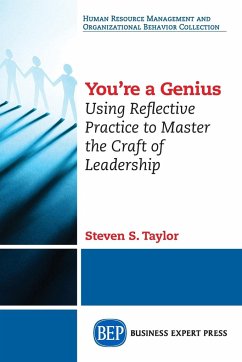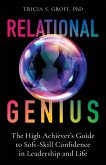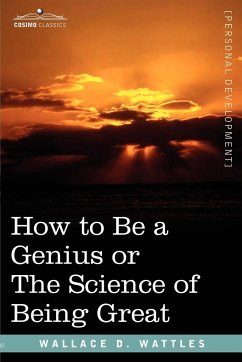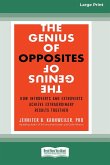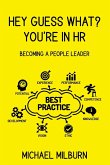If you want to excel at any art form, you have to master the craft. Artists spend years mastering their craft and then their whole lives working on that craft. The same is true for professional athletes. If you want to practice the art of leadership, you have to master the craft of leadership. What is the craft of leadership? Leadership is the craft of working with other humans in order to motivate and inspire them to complete their tasks and reach their goals. This is a "how-to" book for learning the techniques of reflective practice in the action science and action inquiry traditions in order to develop and practice that craft. The book explains how to use various tools, such as the Ladder of Inference, the Learning Pathways Grid, and the Change Immunity Map, for offline reflection and active experimentation in order to develop and practice the craft of leadership.
Hinweis: Dieser Artikel kann nur an eine deutsche Lieferadresse ausgeliefert werden.
Hinweis: Dieser Artikel kann nur an eine deutsche Lieferadresse ausgeliefert werden.

